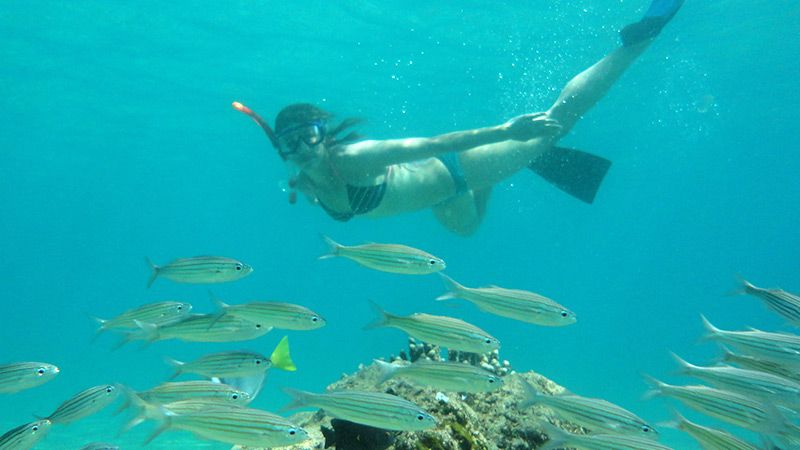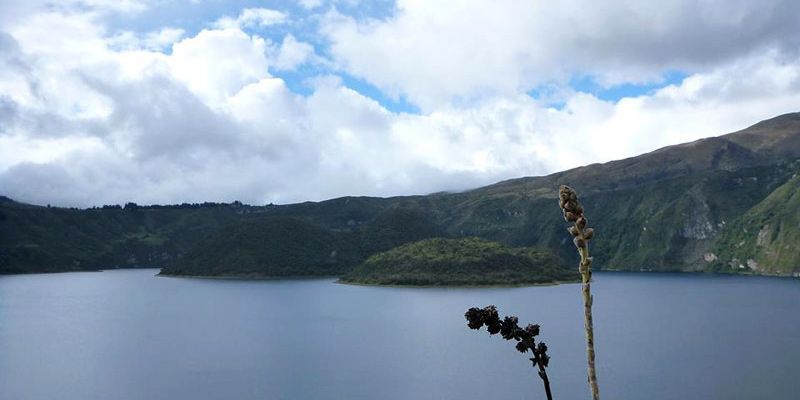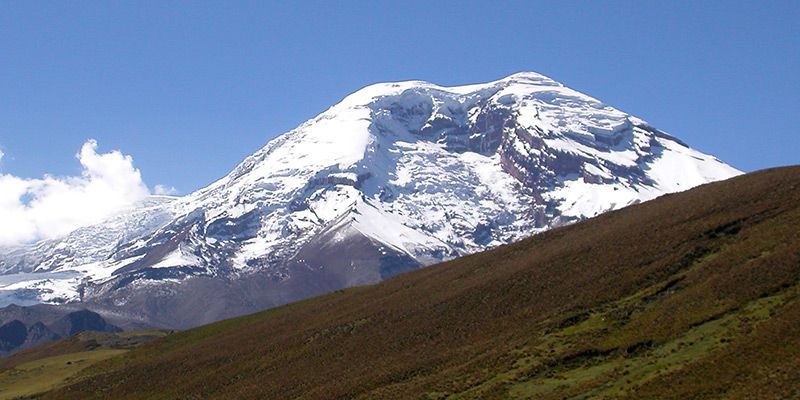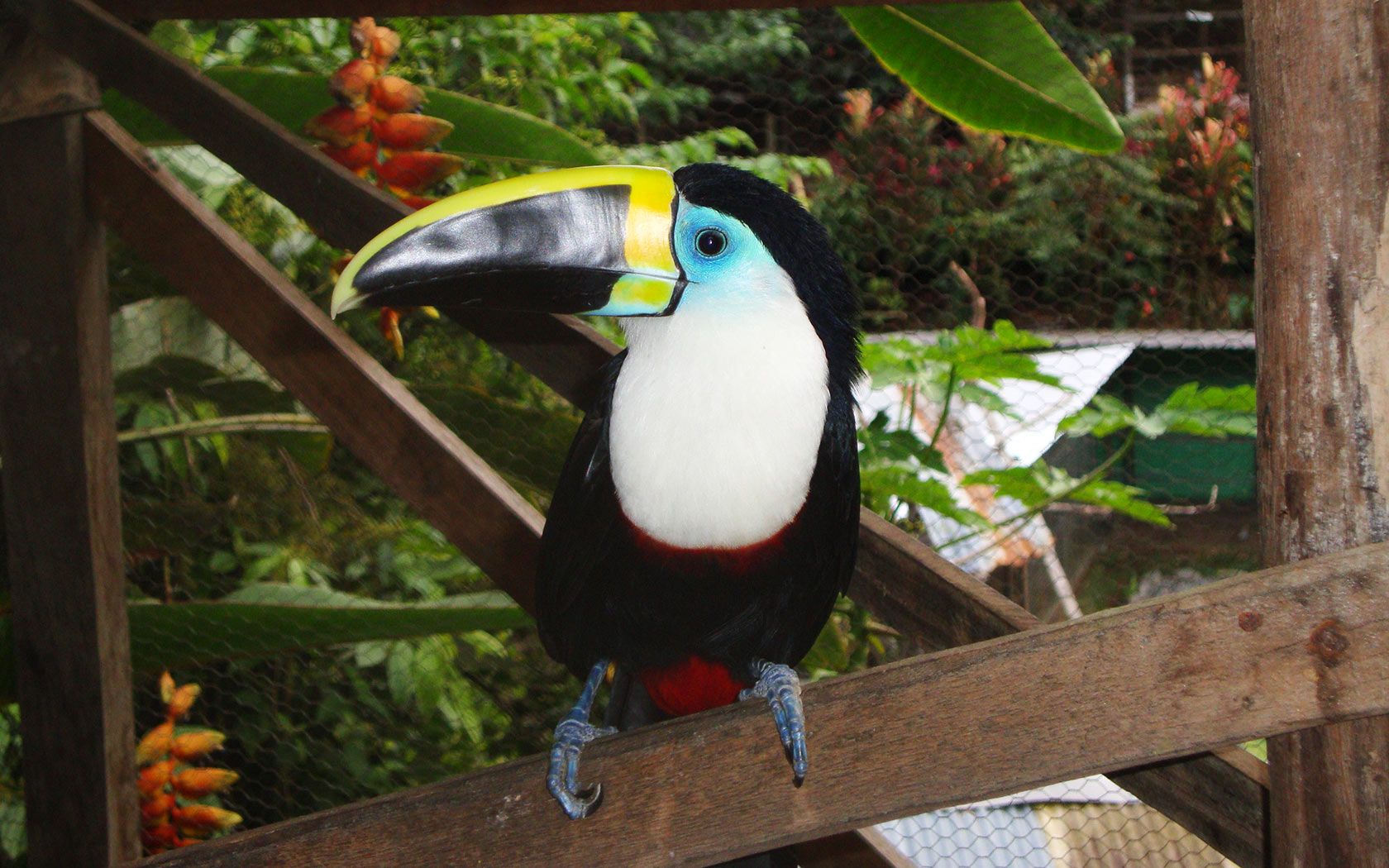Ailola Quito might just be about to blow the lid on some of Ecuador’s best-kept travel secrets. If you’re curious read on — even if only to get ideas for your second, third, fourth, and fifth visit to Ecuador. We know you’ll be back!
Reserva Geobotánica Pululahua
This place will leave you breathless, and not just because of its mouthful of a name! Only 11 miles from Quito, the Pululahua crater is the site of an extinct volcano where a small community of locals now live. The crater’s name translates from Quicha as “cloud of water,” which is not far off the mark, since the close-to 4,000 hectare national park comprising Pululahua is home to hundreds of thriving flora species, making this place a must-do weekend or day trip.
Zaruma
Head south and climb north! Zaruma is located in the southern province of El Oro, 330 miles from Quito, at an altitude of almost 4,000 feet. Its name comes from the Quicha words “Sara,” meaning corn and “Uma,” meaning head — “head of corn.” Curiously, corn will be entirely of your radar when you visit Zaruma. This UNESCO World Heritage-listed secret is considered one of the most beautiful cities in Ecuador, as it conjures up memories of times gone by with its cobblestone streets and well-preserved colonial structures, many of which are made out of wood. We’ll leave the rest up to you!
Isla de la Plata

Let’s first throw some descriptions at you about this place: a “Silver Island” close to Puerto Lopez on Ecuador’s Pacific Coast. How about, “the Poor Man’s Galapagos”? If you’re not already fascinated about this largely undiscovered destination in Ecuador, could buried treasure tempt you? The island gets its name from a legend that says Sir Francis Drake buried his most prized goodies there (suffice to say, so far nobody’s found them). Forty kilometers from Puerto Lopez, the island is home to an array of curious animal, including whales in June and the brilliantly named Blue-footed Boobies. Alas, it’s an all ‘round terrific treat for those unable to get across to the Galapagos Islands.
Machalilla National Park
If you’re snorkeling back from Isla de la Plata — which is not recommended, even if you’re a ‘budgeteer’ — you’ll still technically be in Machalilla National Park. An exhilarating natural destination, the park is a unique example of Ecuador’s biodiversity, home to over 270 birds and 80 native mammals, including monkeys, lizards and deer. What’s more the protected national park, which has existed since the 1930s, features corral reefs and four different biodiversity zones, including both a land and marine park component.
Laguna de Cuicocha

For some it might seem far from a secret. But for others, Cuicocha Lagoon simply cannot be excluded from any travel list! Located 75 miles north of Quito and just around the corner from Otavala, this stunning blue lagoon is the product of a 3,000-year-old volcanic eruption, which has made its surroundings extremely fertile. The lagoon itself is breathtaking and is a great destination for hikers with tracks and stunning views spotted all around it. Also in the Cuicocha fan club are Ecuador’s indigenous communities, whose shamans and spiritual leaders use the lagoon for bathing and purification rituals during the Incan Inti Raymi festival (Festival of the Sun).
Bahía de Caráquez
Bahía, as the locals call it, is just a scenic 8–9 hour bus ride away from Quito — and well worth it even if your vacation to tiny Ecuador has made you precious about long distances! One of the country’s high-end coastal destinations, Bahía is home to luscious beaches and glorious seafood. Best of all, it’s an Ecocity — meaning everything you see, do and eat in Bahía comes with a hint of environmentalism on the side. Can it get any better? Oh, wait — there’s an island nearby that’s shaped like a heart!
Chimborazo

First it was Santa Claus and now its Mount Everest! Did you know Ecuador is home to the world’s tallest peak? Well, it depends on how you look at it — and we don’t mean up. At over 20,000 feet Chimborazo’s location on the equatorial bludge means it’s technically farther from the earth’s centre than little old Everest. For those who manage to climb it, we’ll leave you with that convenient fact. For everybody else, we highly — don’t mind the pun — recommend you come to enjoy Ecuador’s stunning tallest peak!
Back your bags! Ailola Quito offers weekend trips and day excursions!
Originally published on Ailola by Jayson McNamara on June 14, 2014.
